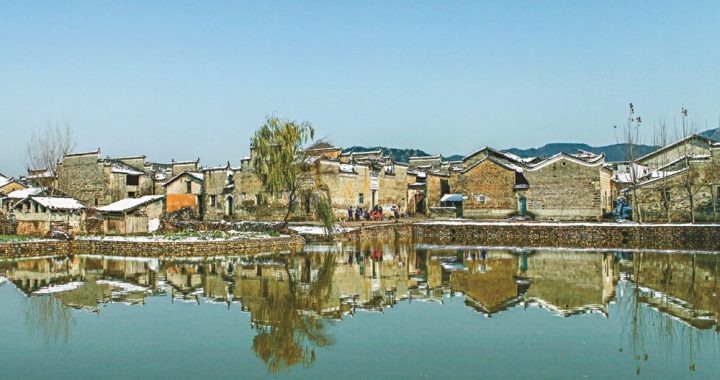Liukeng-A Historic Village
3 min readLiukeng is located in southwestem Le’ an County in Fuzhou City, Jiangxi Province,38 km away the county town with an area of 3.61 square kilometers.
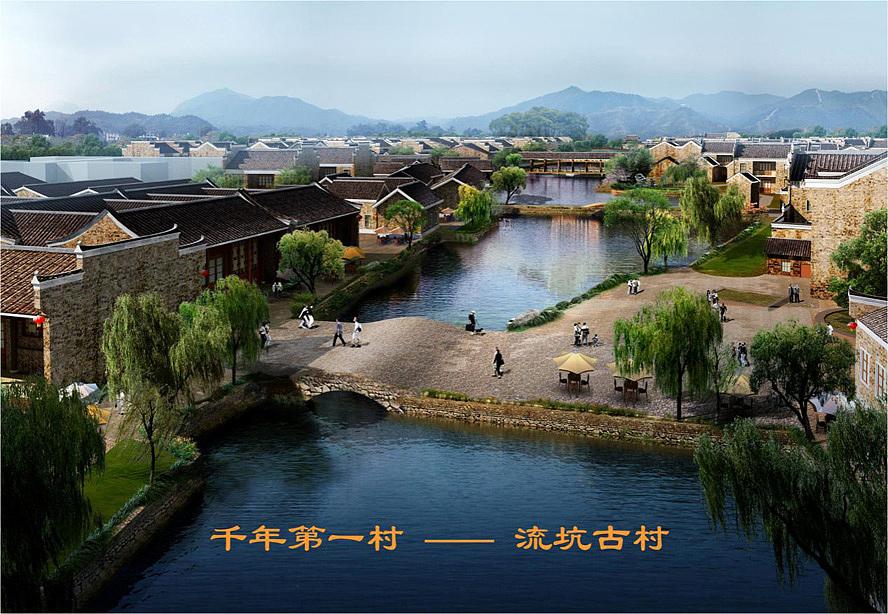
The village grew during the Five Dynasties period (907-960), flourished during the Song Dynasty(1206-1368), flourished again during the Ming Dynasty(1368-1644) and declined during the late Qing Dynasty (1644-1911). All families in the village are surnamed Dong, and the villagers regard Dong Zhongshu, agreat Confucian scholar of the Han Dynasty, as their first ancestor. The village has produced 34 jinshi, people who passed the highest imperial examinations; two Zhuangyuan, or Number One Scholar, the title given to the highest scorer on the imperial examinations; and more than 100 juren, people who passed the imperial examinations at the provincial level. Today, the village has nearly 800 families and 5,000inhabitants. It was regarded as”the No.1 Historic Village”. Some refer to the village as a”living fossil reflecting the changes of Chinese feudal society”,a “museum of Chinese farming and intellectual civilization”, and a “living specimen of the historical and cultural belt along the Yangtze River Valley”.
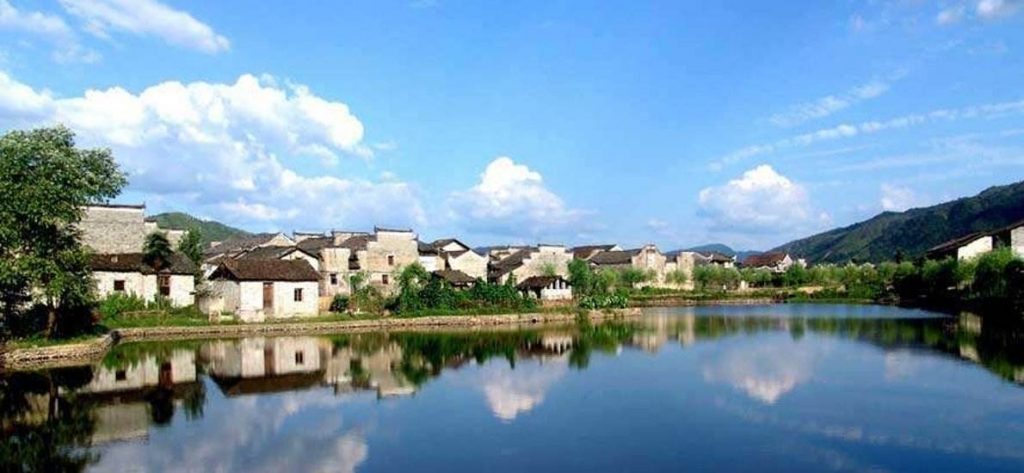
Panoramic views of the village can be seen from the slopes of Mount Donghua.
From above, one can see villages’ remarkably well-planned layout. Liukeng. has seven east-west lanes and one north-south thoroughfare. The roads in the village were paved with pebbles and lined with drainage ditches. Rainwater and sewage passedthrough these ditches to a long man-made lake,”Dragon Lake”, which is linked to Wujiang River. At the entrance of each lane stands a fortification-style gate tower.
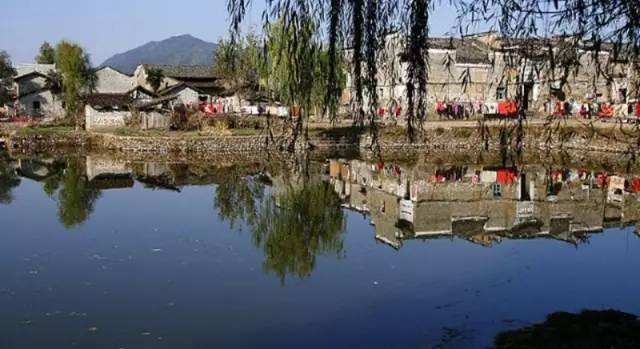
Originally, the gate towers were linked by walls. Liukeng’s enclosed layout gives itan urban feel. It is recorded that the village’s chessboard layout derives from the Tang Dynasty urban planning traditions.
More than 260 structures were built during the Ming and Qing Dynasties, including watchtowers, ancestral temples, residences, stores, temples, archways, academies, stages, tombs, bridges, ponds, wells, pavilions, and pagodas. Many buildings display the specific transitional course of a remote village over thousands of years, which make Liukeng a precious cultural treasure.
There is much valuable ancient architecture. At the village entrance stands five tall granite pillars-the remains of the village’s largest ancestral temple, the Dong Clan Ancestral Temple. It was built in 1536 during Emperor Jiajing’s reign of the Ming Dynasty to worship Dong He,the founder of the vilage.The temple was rebuiltin 1586 during Emperor Wanli’s reign during the Ming Dynasty,but was then burned down by warlords in 1927.
Zhuangyuan Tower,located in the northwestern corner of the village,was built by Dong Deyuan,a successful candidate in the imperial examinations,during the Southern Song Dynasty(1127-1279)and rebuilt in 1860 during Qing Emperor Xianfeng’s reign.The tower is the highest building in the village and thus regarded as a landmark.
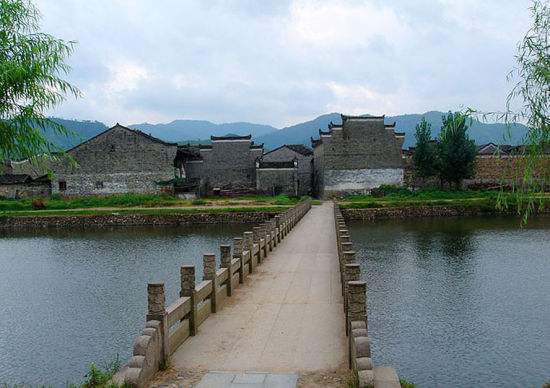
There is a narrow lane in the village,called”Ming-Qing Lane.”The western side of the lane is lined with buildings of the Ming Dynasty,and the eastern side is lined with buildings of the Qing Dynasty.According to locals,the street is“one lane spanning two dynasties.”
The village has many extensive residential compounds.The typical one is the“Dabindi Building Complex,”comprised of seven linked residences.Locals call·Dabindi a“village within a village.”
The ancient residences in the village are tall and spacious.Houses have small courtyards,and rooms rely on the courtyard for sunlight.Beneath residences is astone discharge pond.When it rains,the rainwater flowing down the eaves empties into the pond.
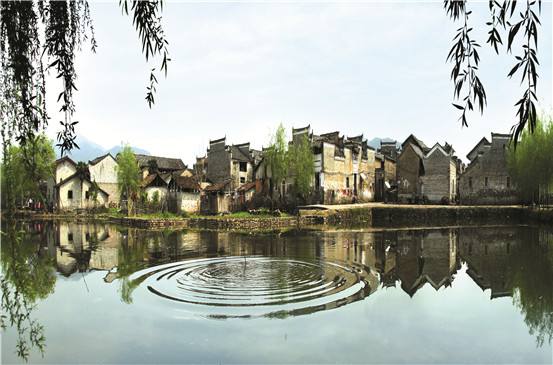
The village has a well-preserved theater dating from the Qing Dynasty.The theater has hidden boxes for unmarried ladies.
Nearly each home of the village holds cultural relics which are up to state tevel.
Historians regard the more than 20 kinds of clan genealogy since the Ming Dynasty as.the most precious.

At present,the State Cultural Relics Department is sorting out and registering the artifacts that have been preserved in the village.
